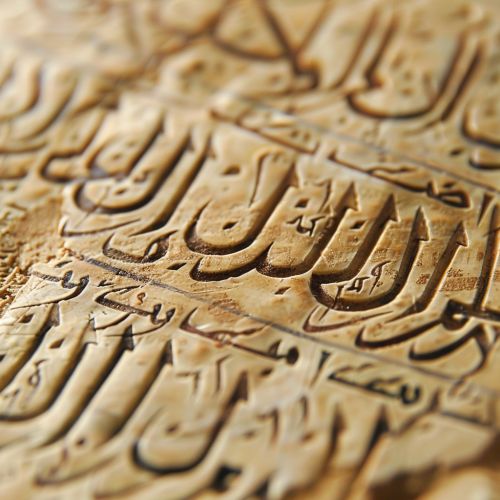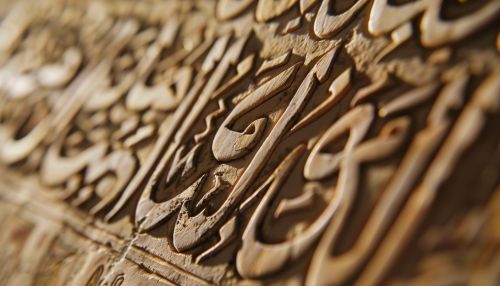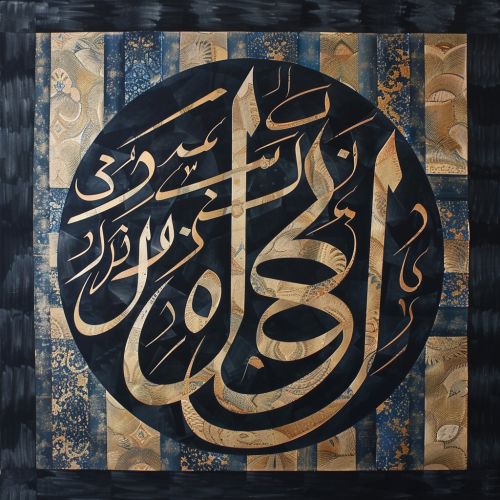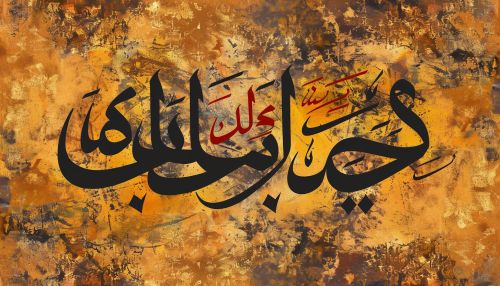Arabic language
Introduction
The Arabic language (Arabic) is a Semitic language that first emerged in the 1st to 4th centuries CE. It is now the lingua franca of the Arab world and the liturgical language of Islam. It is named after the Arabs, a term initially used to describe peoples living in the Arabian Peninsula.


History
Arabic is a member of the Central Semitic language family, closely related to the Northwest Semitic languages (Aramaic, Hebrew, and Phoenician), and more distantly to the South Semitic languages (Ethiopian Semitic, Modern South Arabian, and Old South Arabian).
Pre-Islamic Arabic
The earliest evidence of Arabic comes from inscriptions in the Nabataean script, dating from the 4th century CE. These inscriptions are mostly in the form of personal names and are thought to represent a form of Arabic that was spoken in the northern part of the Arabian Peninsula.
Islamic Arabic
With the spread of Islam in the 7th century CE, Arabic rapidly became the language of administration and high culture throughout the Islamic empire. The Quran, the holy book of Islam, is written in a form of Arabic known as Classical Arabic.
Modern Arabic
Modern Standard Arabic (MSA) is the direct descendant of Classical Arabic. It is used in formal settings, in literature, and in the media. Colloquial Arabic, on the other hand, is a group of dialects that vary widely from region to region.
Phonology
Arabic has a rich phonological system, with a large number of consonants and a smaller number of vowels. The language is known for its emphasis on consonants, with vowels often being secondary.
Consonants
Arabic has 28 consonant phonemes, including a series of emphatic and uvular sounds that are not found in many other languages.
Vowels
Arabic has three short and three long vowels, as well as two diphthongs. The short vowels are often omitted in writing, leading to a heavy reliance on context for disambiguation.
Grammar
Arabic grammar is based on a system of triliteral roots, with most words being derived from a root consisting of three consonants. The meaning of a word is determined by the combination of its root and a pattern of vowels and additional consonants.
Nouns
Arabic nouns are marked for case, number, gender, and definiteness. The language also has a system of construct states, which are used to express possession and other relationships between nouns.
Verbs
Arabic verbs are marked for tense, mood, aspect, voice, and person. The verb system is complex, with a large number of irregular verbs and a variety of derivational patterns.
Writing system
Arabic is written in the Arabic script, a right-to-left abjad. This means that in general, only consonants and long vowels are written, with short vowels being indicated by diacritics.


Dialects
There is considerable variation in the Arabic language, with numerous regional and social dialects. These dialects are often mutually unintelligible, leading to a situation where Modern Standard Arabic is used as a lingua franca.
Influence on other languages
Arabic has had a significant influence on many other languages, both in the Islamic world and beyond. This influence can be seen in the large number of Arabic loanwords in languages such as Persian, Turkish, Hindi, Spanish, and Swahili.
See Also
- Semitic languages
- Arabic literature
- Arabic calligraphy
- Arabic numerals
- Arabic influence on the Spanish language
